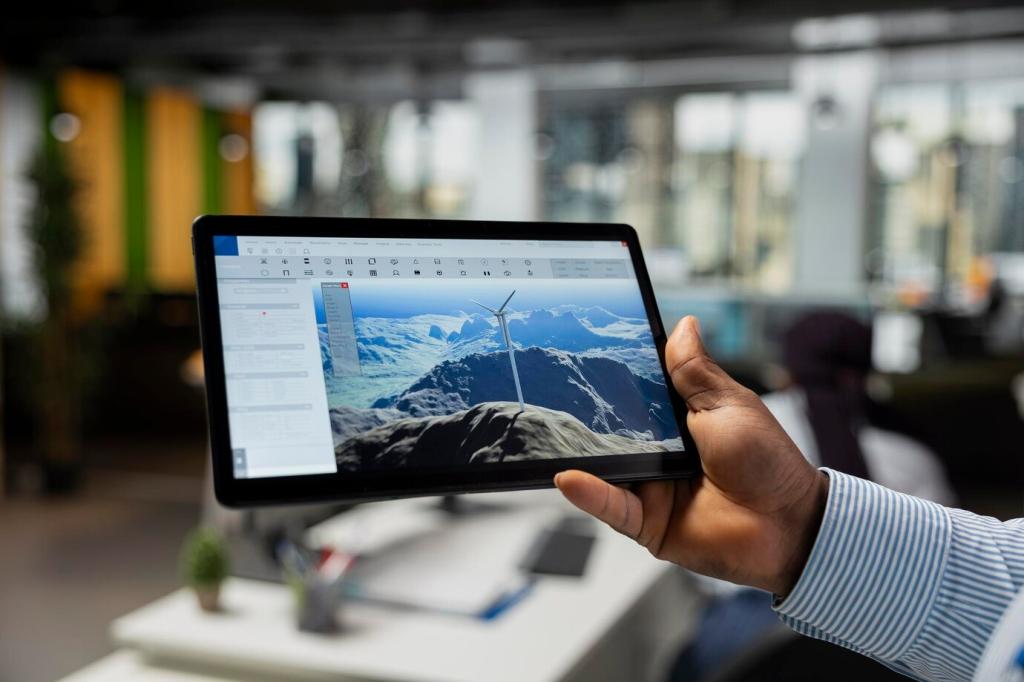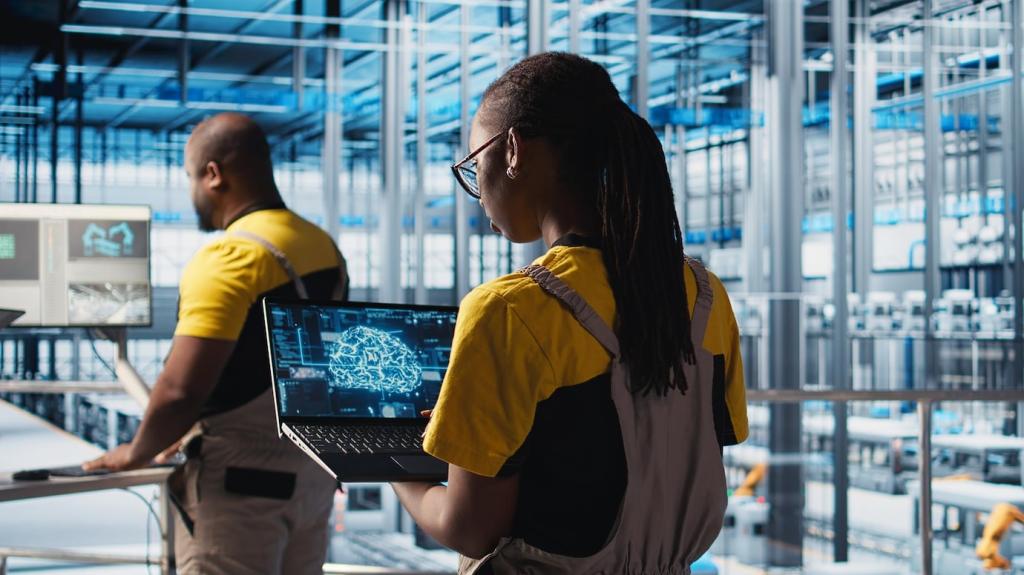How to Choose—A Practical Guide
If your city supports industrial composting and food contamination is high, certified compostables can shine. If robust recycling exists and you need stronger barriers, optimized traditional plastics may win. Let infrastructure lead the choice.
How to Choose—A Practical Guide
Run small trials, measure contamination, track shelf life, and survey customers. One café we interviewed cut food waste by switching liners, yet kept recyclable lids for heat. Iteration turned compromise into measurable progress everyone welcomed.









